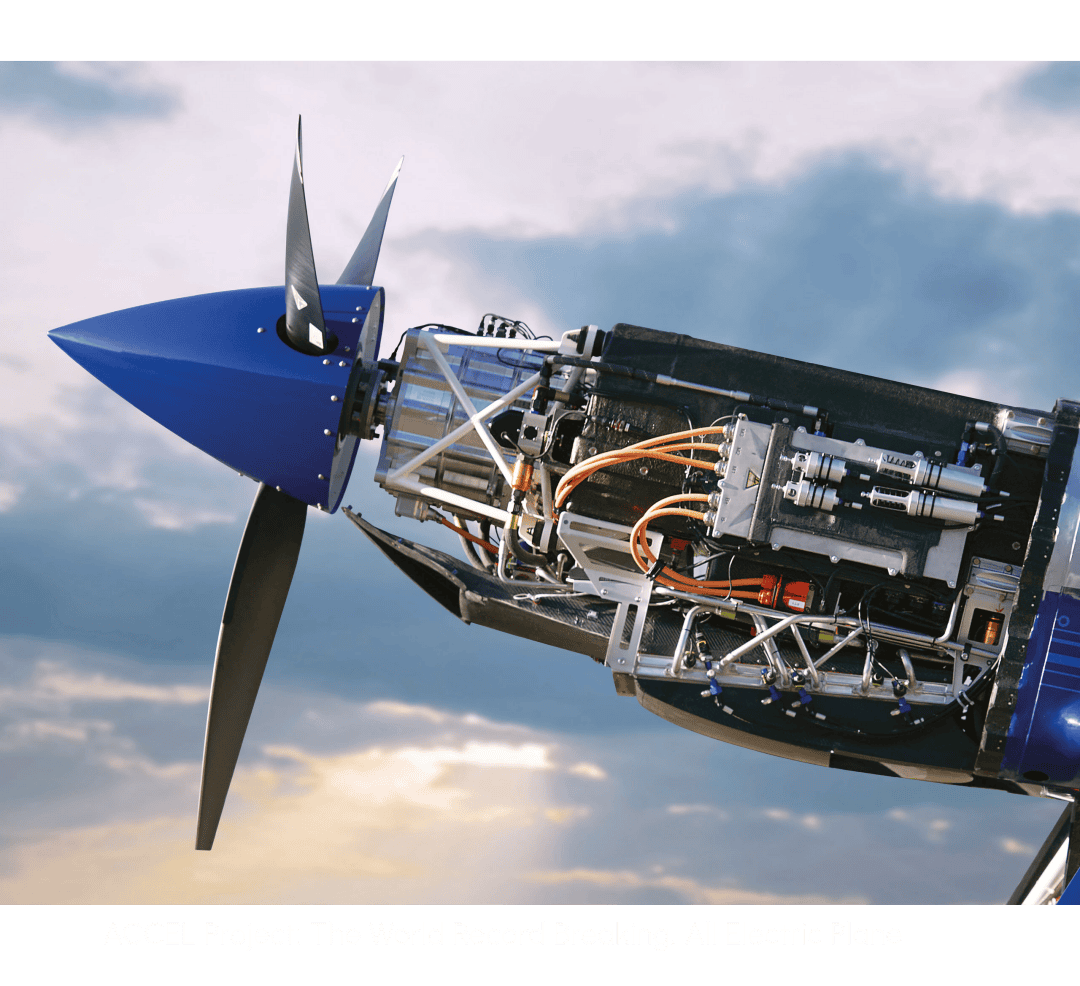As the automotive industry continues to search for a practical and feasible electric car that can rival the fossil fuel car, liquid nitrogen cars have become an option. While there is much talk of electric and hydrogen vehicles, liquid nitrogen has its own advantages that can revolutionize the transport industry.
The prospects of liquid nitrogen cars as a means of transport in the future concern the existing solutions in the market and the challenges that may appear while doing so.
Here’s why liquid nitrogen cars might outperform electric and hydrogen vehicles
Basically, the use of liquid nitrogen vehicles has more advantages than traditional and electric cars. Unlike electric cars that take time to be charged and are restricted by charging times, liquid nitrogen automobiles can be refueled within the shortest time possible like traditional gasoline cars.
The liquid nitrogen is expanded through its conversion to the gaseous state to yield considerable power, which is ideal for vehicle propulsion. Furthermore, it is fire, rust, and toxic-free, which makes its use safer than that of gasoline and some of the new battery technologies used in electric cars.
In addition, the relative comparative simplicity of the nitrogen engine’s design also offers the prospects for reduced manufacturing and maintenance costs. It is easily available since nitrogen, one of the constituents of air, is not a scarce resource, thus making the fuel readily available hence making the transport system sustainable.
Liquid Nitrogen Cars: A Sustainable and Environmentally Friendly Option
One of the most attractive features is the prospect of obtaining cars with little to no emissions because they use liquid nitrogen. The only output of nitrogen-powered engines is cold air. Nitrogen and oxygen are components of air, which are naturally occurring elements.
It makes liquid nitrogen vehicles a safe means of transportation compared to internal combustion engines, which emit dangerous gases into the environment. Moreover, liquid nitrogen can also be produced by fractionating air for separation, which can be powered by renewable energy, making a fuel cycle fully sustainable.
Such an approach is effective for the company and environmentally friendly as it helps to reduce carbon footprints in the world. Furthermore, it could be easier to maintain liquid nitrogen engines than other types of engines; this would eventually result in increased lifespans of vehicles fitted with these engines, hence improving the environmental factor and proper utilization of available resources.
Future challenges: Overcoming hurdles in liquid nitrogen car development
However, before this happens, liquid nitrogen technology has some limitations before it can be embraced in the market fully. Present prototypes like the LN2000 created by the University of Washington researchers only have limited range discharge power compared to conventional automobiles.
Air motors applied in these prototypes require much enhancement in efficiency for liquid nitrogen cars to work efficiently. Furthermore, the complexity of expanding the supply chain for liquid nitrogen production, distribution, and storage at the level needed to support mass adoption is another factor. Nevertheless, improvements by R&D to overcome these problems are observed in the area of improving motor efficiency and designing advanced heat exchanger mechanisms.
They are also using new types of insulation and designs for changes in boil-off to enhance the storage duration of the liquid nitrogen in the car. Moreover, improvements in cryo-engineering may pave the way for improvements and innovations in the usage and efficiency of liquid nitrogen engines.
The future of green transportation with liquid nitrogen cars
Finally, liquid nitrogen cars could be another revolutionary approach to green transport technology that could compete with or even go further than many of the current alternative fuel technologies. Although the technology doesn’t yet have perfect efficiency or infrastructure, the prospects of liquid nitrogen vehicles—including fast recharging, safety, and environmental friendliness—are evident for the future of mobility.
While ongoing studies show that it’s still in its development, with the help of modern technologies and engineering innovations, liquid nitrogen cars may indeed form a small yet important part of the automotive industry and help make the transportation system greener in the future.
The next few years may prove decisive in assessing whether or not the technology of using liquid nitrogen in vehicles can overcome all the existing shortcomings and become a competitive replacement for traditional and electric cars.
This article appeared in Ecoticias






